Annoying admin note: Hi everyone! If you’re enjoying The Anatomy of FFVI, please consider supporting this site on Patreon. The campaign is less than $45/mo. away from the point at which I’ll turn the FFVI series (and future series as well) into videos, which would be pretty rad… please, help out if you can. Almost all the post-tax money from Patreon goes to creating physical rewards for backers and buying material for this site and Game Boy World, so your contributions are a huge, and direct, help. Thanks! Now, on with the countdown…
FFVI uses Terra’s second lapse into unconsciousness as an excuse to do something Final Fantasy has never done before: Change points of views for the gameplay. The five previous games in the series either treated your party as an indistinct, uniform mass of people, or else they transpired from the perspective of a lead character (Firion, Cecil, Bartz). Sure, FFV had that one section where you controlled Faris at the dance, but that was a brief intermission and Bartz resumed the lead as soon as the action kicked in.
Not so in FFVI. The scene switches back to the old man’s house in Narshe, where this vest-clad scalawag bursts in and responds in a huff to aspersions against his personal morality. By default, his name is Locke Cole, so that’s what we’re going with. But you can also call him Han Solo. It’s cool.
Locke is sent to catch up with Terra, whom the old man had to send alone into the caves when the heat came a-knockin’. Clearly the intent was to have Terra wait up until Locke arrived, but the best plans can go awry. Sometimes Alderaan gets blown up, sometimes the Narshe town guard wants revenge against a green-haired cop killer.
You don’t control Locke’s actions here just yet; all of this plays out on autopilot. He finishes his conversation and then dashes into the caves, catching up with Terra rather easily thanks to her being sprawled unconscious on the ground. As a testament to this character’s agility stat, he manages to make it here before the guards, who had already caught up to Terra moments before. Then again, they had to take the long way around; Locke dropped in through the freshly-made passage between levels that Terra helpfully constructed.
Such is the nature of narratives that Locke turns out to have arrived in the nick of time.
Though evidently with insufficient numbers to stand up against Narshe’s surprisingly large army. Didn’t we already kill most of these guys?
It’s at this moment that a beloved Final Fantasy standard bursts into the room to offer help: Moogles. Coincidental timing? Probably not, actually, given some dialogue later in the game; Moogles appear to be in cahoots with that mysterious thing trapped in the ice. But for now, the important thing is that after a series of mandatory scripted battles and about two screens’ worth of random encounters, we’re bring introduced to a third combat format. It’s a lot of information all at once, but the central mechanic here — dividing what will prove to be an absolutely huge playable party into independent groups — comes into play throughout much of the game. The game is laying on new elements here at the beginning, but the shifting scope of gameplay keeps things fast-paced and exciting… which is something you can rarely say about game segments that function as tutorials.
Because this is a mechanic that, to my knowledge, had never before appeared in a console RPG, FFVI offers an optional explanation. (Optional! Take notes, contemporary game designers.) You control three different parties here, each represented by a Moogle leader (Locke take position two in the initial party, incidentally). You control them like you have your previous parties of Terra and Imperials and just plain Terra, one by one. To swap between parties, you simply press the Select button.
Unlike the caves above, this sequence is free of random encounters. Once again, all the encounters are fixed. Unlike in the initial invasion of Narshe, battles don’t happen at set points in the environment, though. Rather, the army of bad guys you saw when Locke found Terra begins to spread out and advance on where she lay in a crumpled heap. They march slowly through the maze-like cavern, traveling from the bottom of the map to the top, with the stipulation that if they manage to reach Terra’s position the game will end. So there are stakes at hand, and you’re outnumbered. Fortunately for you, Moogles, much like moms, are tough.
What you’re seeing here is basically a very early take on a tower defense game. The optimal approach, which seems fairly intuitive, is to position your Moogles at chokepoints to obstruct the enemies and leave no path to Terra open. You can wait for the enemy host to descend upon your parties, or you can take the fight to them.
Whatever your tactic, your first battle (assuming you engage the foe with your initial party) introduces several new elements to the combat mix. First, Moogles! Look at how cute they are. Aw.
Moogles all fight the same, with one notable exception. Each has different stat values — clearly Moglin there is quite the Moogle bruiser, whereas Mogret probably ought to stick to a desk job. Your actions available with the Moogles boil down to attacking or using items; one of the convenient abstractions of FFVI is that, unlike in many games such as Dragon Quest, your access to the group inventory in combat is universal rather than limited to whatever each individual character has on hand in their personal satchel. In this case, you can rummage through poor Terra’s stuff. Does it make sense? No. Does it make the game more flexible and friendly? Yes.
Another big factor here is the introduction of Megalodoths. There’s nothing special about this monster specifically, but it’s the first enemy in the game that has a group attack. The icy blast shown above hits all members of your party for roughly 30-40 HP apiece. That’s fairly devastating at this point, and it only takes about three rounds of Megalodoth attacks for Mogret to go down, muttering darkly as he/she dies about not taking that stupid desk job after all.
The Megalodoths you face can outpace your party in terms of damage output quite quickly. While it may seem tempting to start by attacking the weaker Silver Lobo enemies and thin the enemy ranks, the longer a Megalodoth is alive the longer it has to smash your party for huge amounts of damage — and at this point you only have a limited number of Potions to rely on for healing. With Terra out of action, you can’t rely on her healing magic, either. So while this sequence isn’t incredibly difficult, it does force you to learn to assess your enemies’ relative threat level and make smart tactical choices.
That being said, you do have the potential to somewhat increase your stock of Potions here. Your new lead character Locke, being a “treasure hunter” and all, has a special unique command: Steal. This is exactly as it sounds. By selecting Steal and choosing a target, you can potentially swipe goodies from bad guys — basically, the same stuff you get at the end of battle, though occasionally something much rarer. The mathematical formula for Steal’s success is heavily dependent on Locke’s level vs. the level of his target, though, so attempting to Steal here is not really the best idea; it’ll mostly result in wasted turns, which gives Megalodoths more time to rake your party across its icy coals.
Still, if it succeeds, that’s a free Potion… which heals one character for 50 HP. Which basically means it can undo one quarter of the damage yield of a single Megalodoth attack. So, not a great tactic at the moment.
Locke isn’t the only one with a special command, though. The leader Moogle of the second party here, Mog, has unusually high stats among his peers as well as a unique menu option called Dance. If you select Dance, a submenu containing an item called Twilight Requiem pops up, allowing you to target Mog and Mog only.
If you choose to issue the Twilight Requiem command, you lose control of Mog for the rest of the battle. He enters a sort of berserk state, acting independently every time his turn gauge fills. Sometimes he’ll jump forward and use a standard attack. Other times, though…
…he uses something called Snare, which causes a portal to appear under a single enemy. If it connects, and it has a high hit rate, the enemy simply slides into the portal and vanishes. So essentially it works on the same principles as Magitek Terra’s Banisher command, though you are at the computer’s whims for executing it.
Once you work your way through the legions of Megalodoths and Silver Lobos, there’s one last enemy to deal with: The guard commander who initiated the rush against Terra. He remains fixed to his position at the rear ranks, though, so once his minions are gone there’s no more direct threat to Terra. Still, you have to defeat the enemy boss, which can be tough…
…especially if you fooled around fighting those Megalodoths.
Because this is still the tutorial phase of the game, though, losing to the Guard Leader isn’t game over. Not only do you have two other parties to choose from — the point of view swaps over to the next group in line if you fall — but the defeated party is sent back to Terra’s position with their hit points reduced to 1. If you have Potions on hand, your defeated group can heal up and return to the fight.
On the other hand, with three groups to work with, alternately taking on the enemy hosts, you should have plenty of stamina remaining in at least one of your parties.
Mog’s group being the most likely, giving his monstrous stats for this point in the game. The Guard Leader can only target one character at a time, and while he hits hard — sorry, Molulu — he’s still less of a threat than the Megalodoths were.
Despite being a boss, however, Guard Leader doesn’t have instant-death protection. One lucky Snare attack and the battle can potentially end quite unceremoniously.
With the bad guys beaten and Terra safe, the Moogles make their exit and… you’re not given a chance to control Locke, or explore the caves. The game takes over and Locke rushes to the caves’ exit, using a secret door to slip out of Narshe through the back route.
At this point, Terra regains consciousness and Locke gets a little creepily over-solicitous, even if it is in a well-meaning way. But with Terra awake, she returns to the lead position in the party. Locke recommends heading to a nearby town in the south, giving you your hint for where to go once you embark on the post-prologue portion of the adventure.
You can try to return to Narshe, but you still haven’t managed to wipe out the town’s reserve of guards. Ever vigilant, they’ll spot Terra in an instant and cause her to panic and dash over to the side automatically. Basically, you’re not allowed in here yet — but while this amounts to an invisible wall, at least it’s a clever one.
That’s FFVI in a nutshell so far, really. It does all the things you’d expect from an RPG, but it presents it all in such a clever, narrative fashion that it feels far removed from the comparatively old-fashioned methods the genre typically employs.
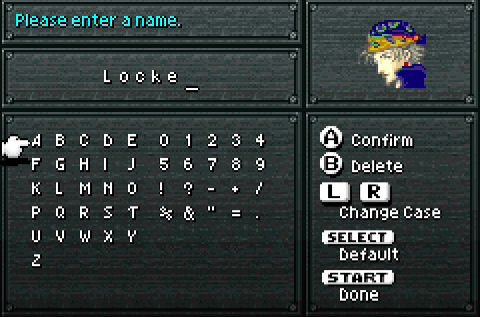
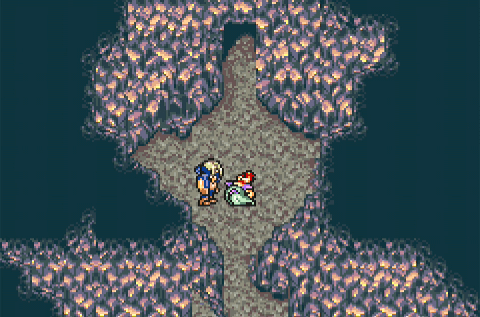
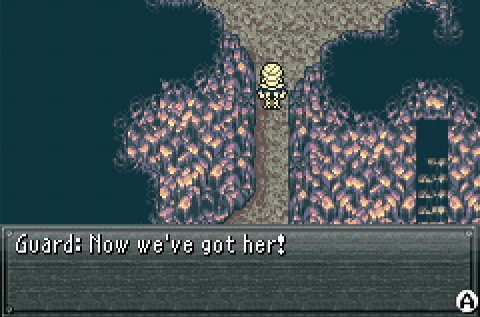
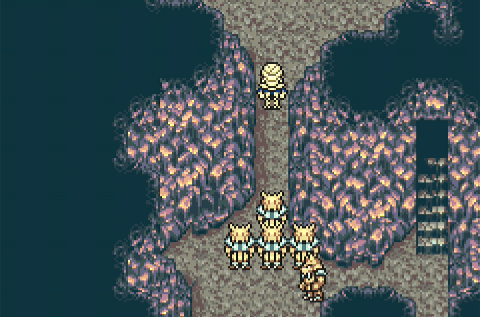

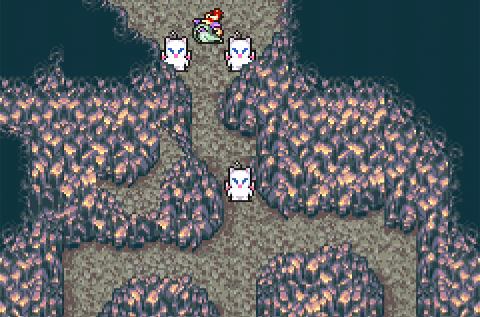
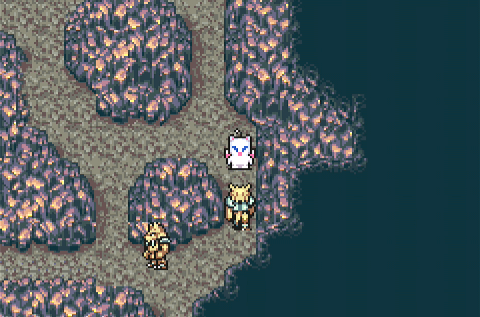

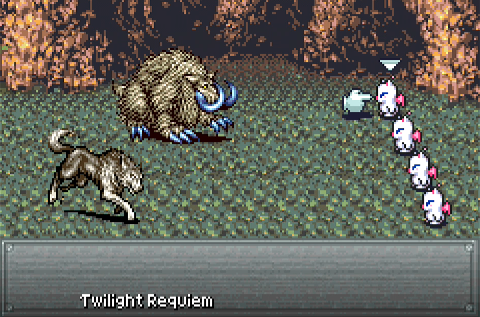
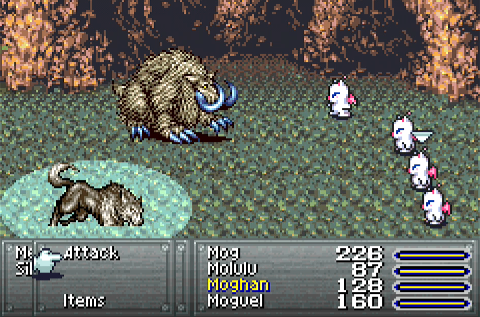
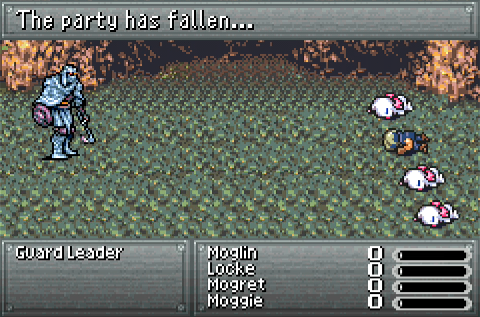
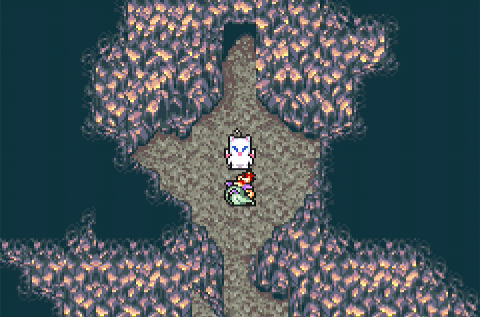


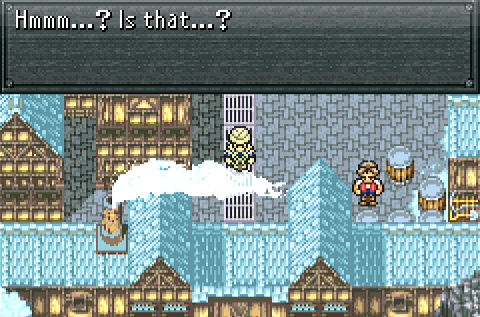
The multiple parties mechanic is definitely one of the neater features of Final Fantasy VI, and one I would’ve liked to have seen in other RPGs. As for Locke’s stealing, if you’re persistent you can snatch a better knife for him from the head guard there.
Is the next entry gonna be on the tutorial house?
Although it is not my place today, as I am a bit too strapped for cash to contribute at this moment, I’d just like to say I enjoy the anatomy of games in its text format. Easier for me to digest, personally, and allows for a certain level of detail that I think can be lost via narration. Anyway, just my two cents, can’t wait for the part where we find out that general Leo is secretly Relm’s father and also somehow Daryl.
I think Anatomy would work best in dual formats. There are a lot of specifics that can’t really be relayed in text and still images alone…. ideally video and text will complement one another.
I always thought “passed out” Terra looked like The Little Mermaid.
The game does a mostly-solid job of keeping things balanced for, oh, the Narshe-to-Narshe portion (which I’d consider the first act, effectively), though of course it kinda goes off the rails once you start picking up Espers.
I’d say the big exceptions are Locke (close to useless in the early game; low attack, low defense, and Steal isn’t worth using yet) and Sabin (totally overpowered).
Though I guess giving you one really overpowered character and one really underpowered one is a form of “balance” in and of itself…
Mog’s Twilight Requiem dance has four different special moves which are very powerful but occur randomly. I tend to play RPGs opting for moves that are less flashy but more predictable, but maybe it could be more exciting if I changed it up.